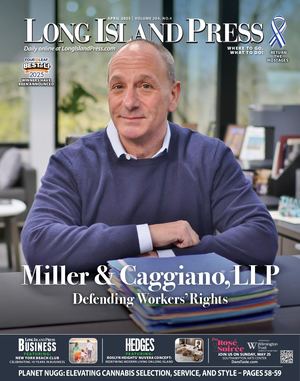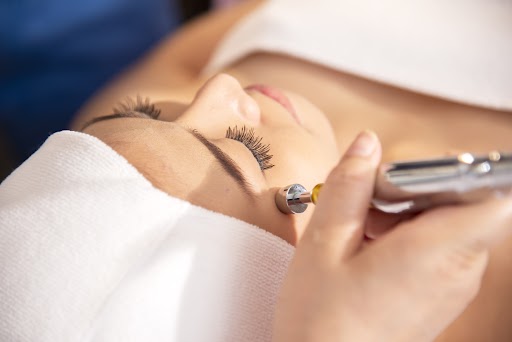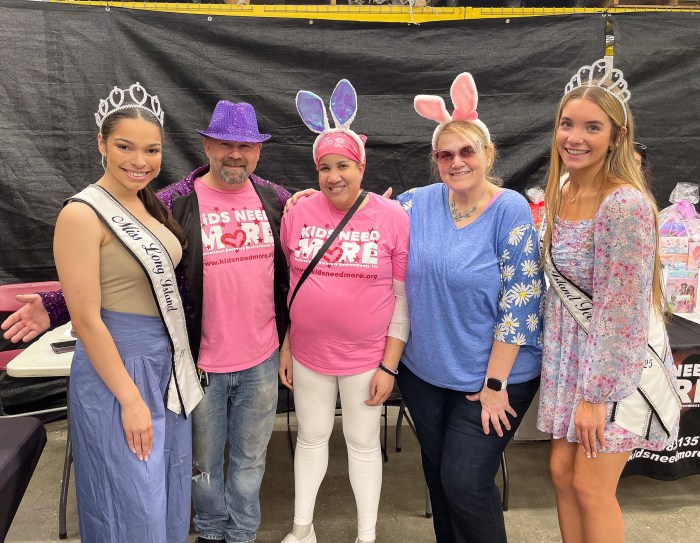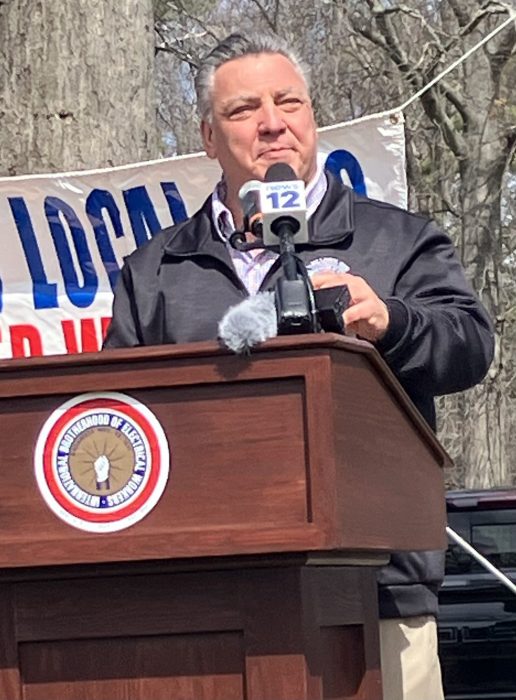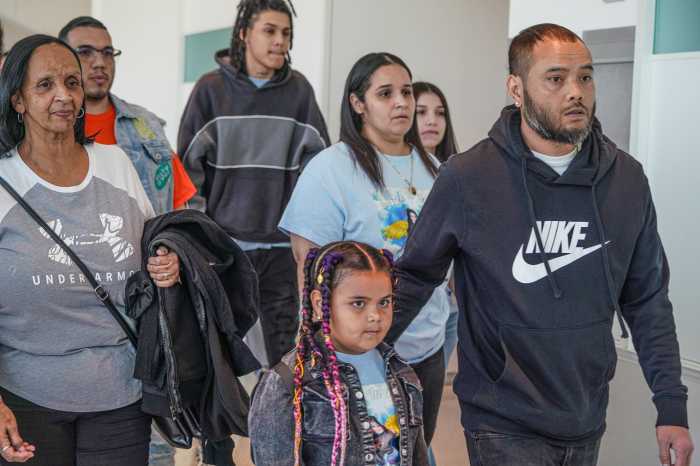Noninvasive skincare treatments are growing in popularity, driven by technological advancements and a desire by many people to have young, healthy-looking skin without undergoing invasive procedures or downtime.
“Some people are not ready for surgery or are not interested in having surgery,” says Anne-Marie Bellavia, medical aesthetician and skin care coordinator at Cosmetic Surgery of New York, P.C. in Port Jefferson Station. “They’re looking for other alternatives to slow down the aging process.”
In 2023, 83% of skincare procedures performed were minimally invasive, invasive, meaning they required inserting an instrument through the skin or into a body opening, while 17% were surgical, according to the American Academy of Facial Plastic and Reconstructive Surgery.
Aestheticians are providing a broad range of noninvasive treatments that target signs of aging along with other skincare concerns, such as hyperpigmentation, hair growth, enlarged pores and more. Newer technologies like radio frequency devices, microcurrent machines, and LED light therapy enhance skincare treatments by stimulating collagen production and improving skin tone and texture.
In addition to treating skin issues, aestheticians educate people about how to slow down the clock and keep their skin looking healthy and toned.
“Many people don’t understand how the aging process works,” Bellavia says. “As we get older, we start to lose our collagen, and wrinkles start to form. Stimulating collagen production keeps the collagen alive and keeps skin looking younger and healthier.” She adds that there is a wide range of modalities that stimulate collagen without stressing or damaging the skin.
One of Bellavia’s most popular treatments is radio frequency microneedling, which stimulates collagen production, tightens skin, improves skin tone and reduces fine lines and wrinkles. “With traditional microneedling, there was bleeding and downtime,” she says. “But this technology does not cause either – you can get it done on your lunch break and go back to work – and it still gives a wonderful result.”
Another popular state-of-the-art treatment, Bellavia says, is a cool peel laser treatment using a modern Tetra CO2 laser to tighten the skin and address surface issues such as brown spots and enlarged pores. “Unlike traditional lasers, in which lingering heat would cause burning and peeling, this technology causes no issues or downtime,” she says.
Aesthetician Karina Freedman is a fan of microcurrent technology, which uses low-level electrical signals, she says, to “stimulate and tighten the muscles of the face to redefine your jawline, chin and cheekbones.” She owns Karina NYC Skincare Clinics, with locations in Huntington, Greenvale and Manhattan. “It’s a fabulous treatment.”
Spa menus often feature combined treatments, like Bellavia’s Triple Threat, which has three distinct functions and requires no downtime. It uses a special tool to remove dead skin and fine hair follicles. It also infuses nourishing serums such as hyaluronic acid or vitamin C into the skin, while pulling up impurities like dirt, sweat and makeup and stimulating collagen production. Finally, it utilizes ultrasound technology to tighten and tone the skin on the face and neck. Bellavia adds that it also adds hydration to the skin and is popular all year, especially in the summer.
Freedman is eagerly anticipating delivery of the new OxyLight Facial machine, which combines several state-of-the-art technologies, including LED light, microcurrent and ultrasound therapies, and can be customized to address multiple skin issues in one comprehensive session. “I had it performed on me at a trade show, and I looked 20 years younger afterward,” she says, adding that she expects to have the device up and running in her three locations this summer.
Freedman says these and other clinical skincare treatments work best when used in combination with appropriate serums and creams, which serve a number of therapeutic purposes and which manufacturers have increasingly customized to individuals’ skin types.
“It requires two parts: our work and homework,” Freedman says. “When you want to get your body into good shape, you need to go to the gym and to eat healthy. Coming to a clinic like ours once a month or once a season is like going to the gym, and then what you do every day and every night using recommended professional skincare products is like your diet.”
When clients come into the clinic, “we assess how their skin looks, what’s missing, such as if it needs more hydration, exfoliation or brightening,” Freedman says. “And then we prescribe home care for them to follow.”
